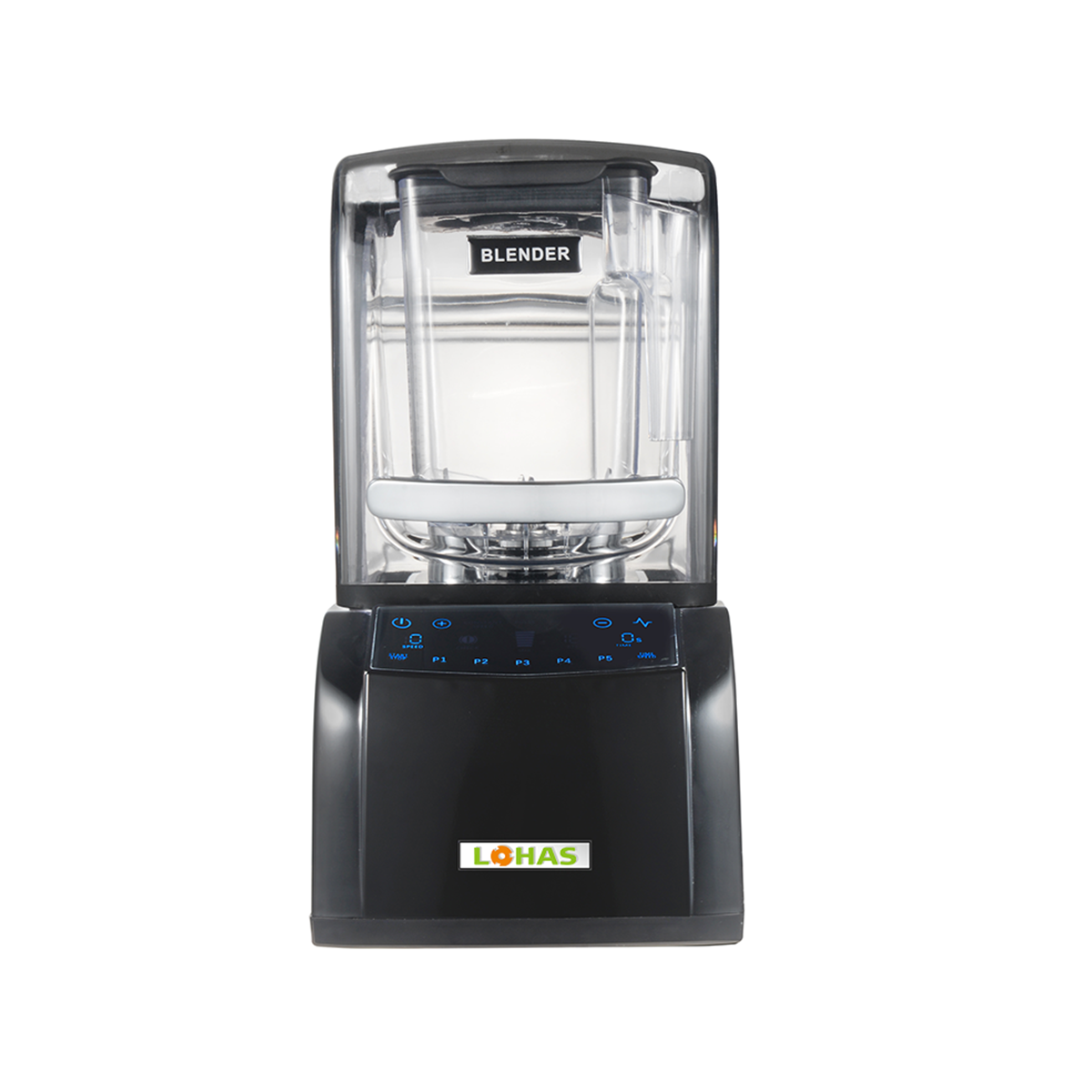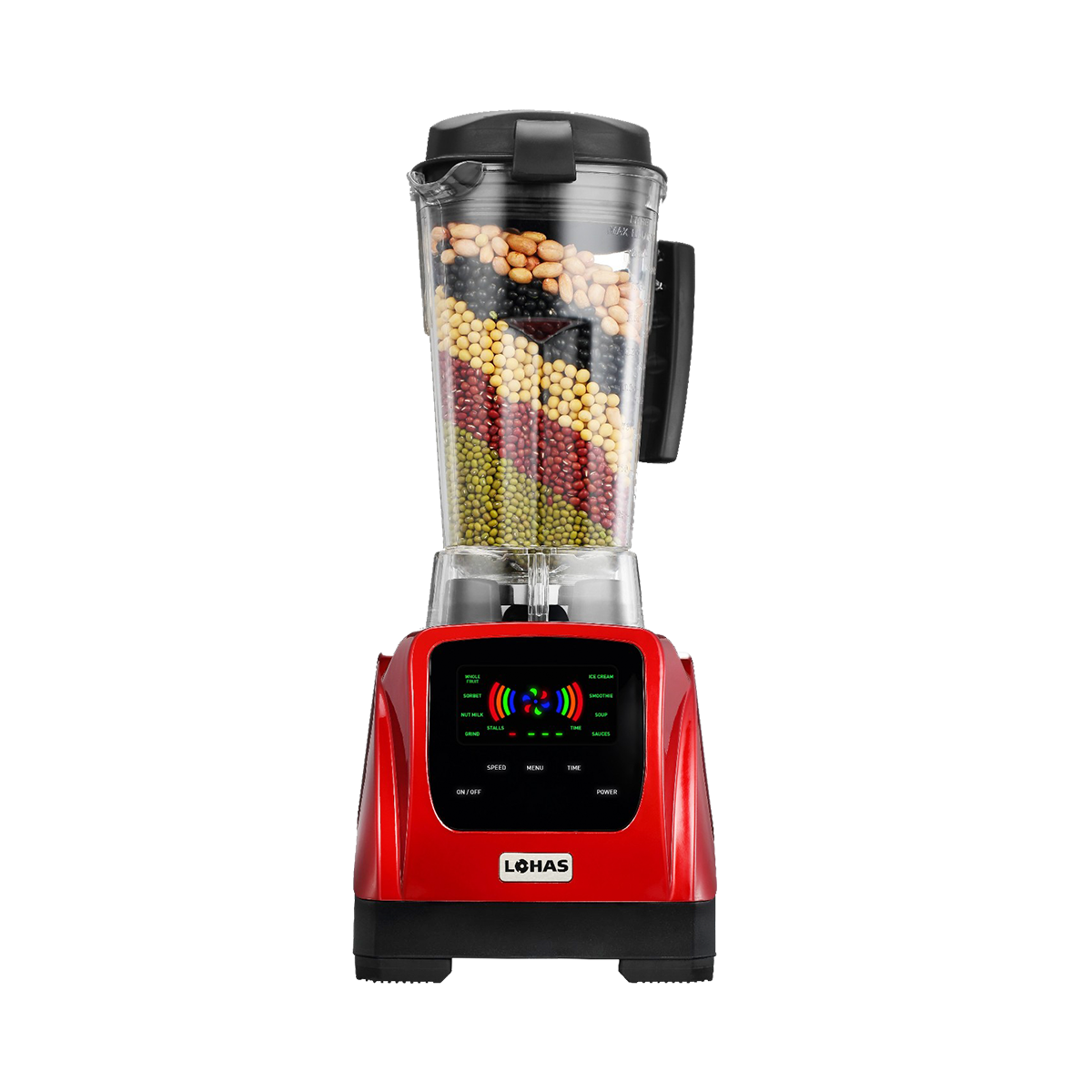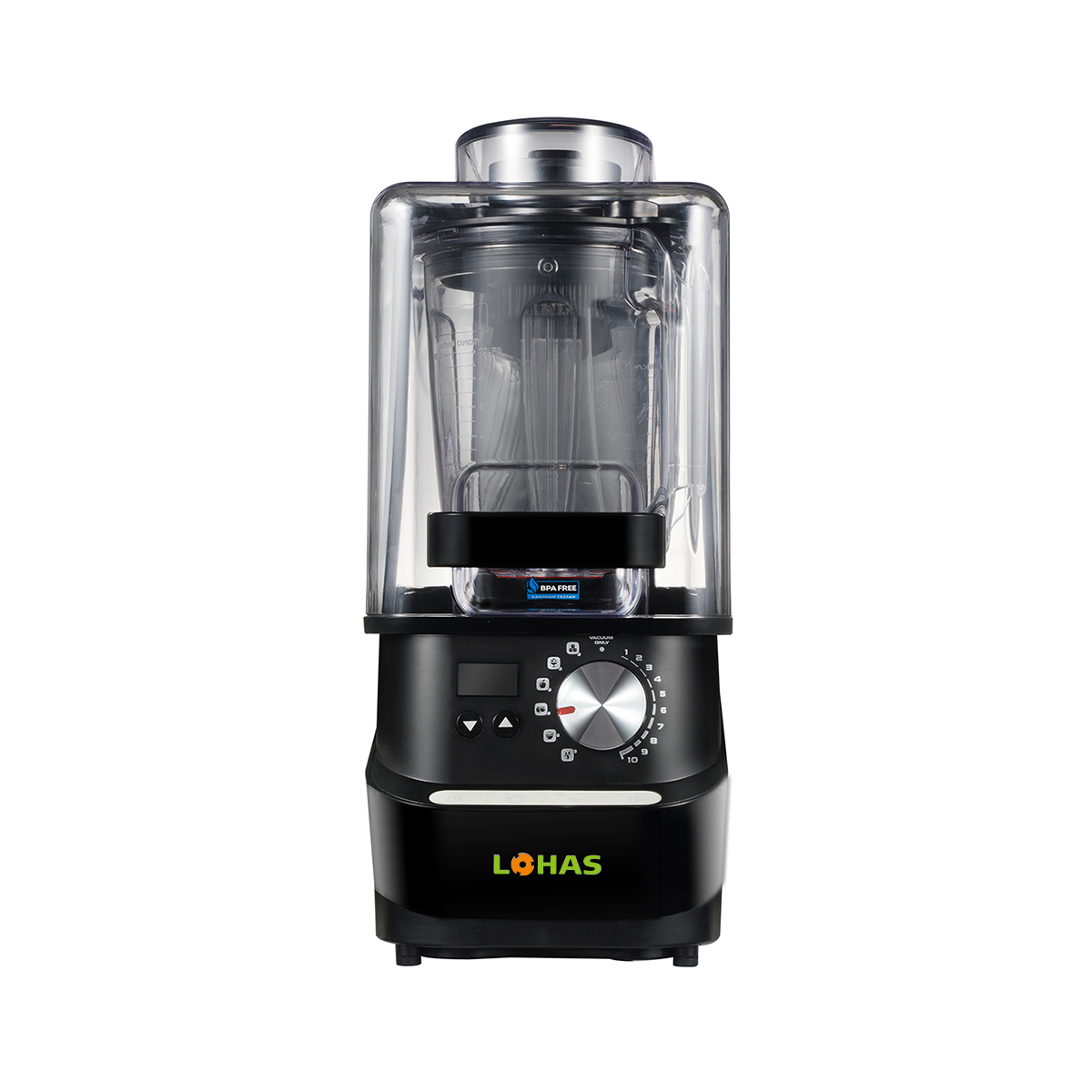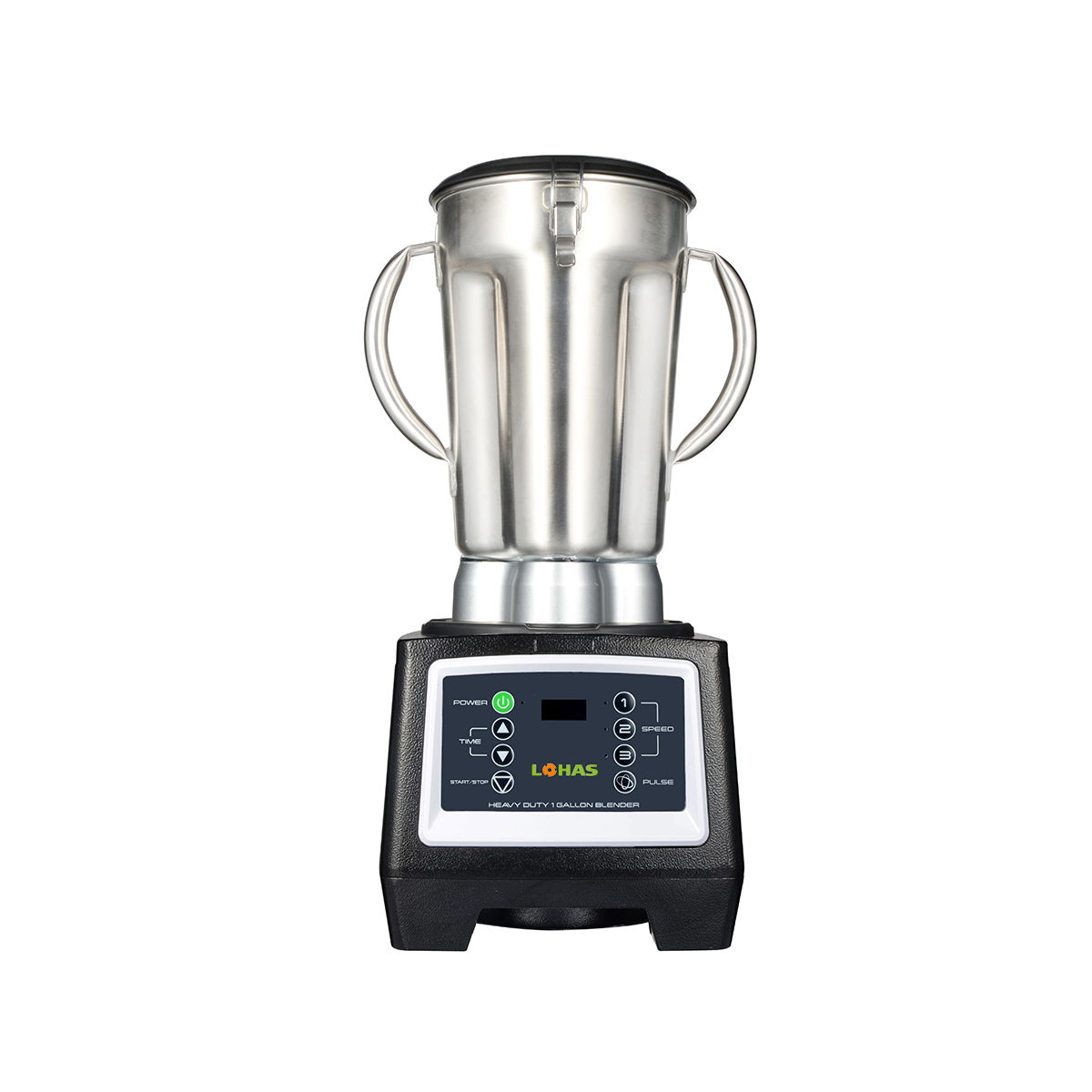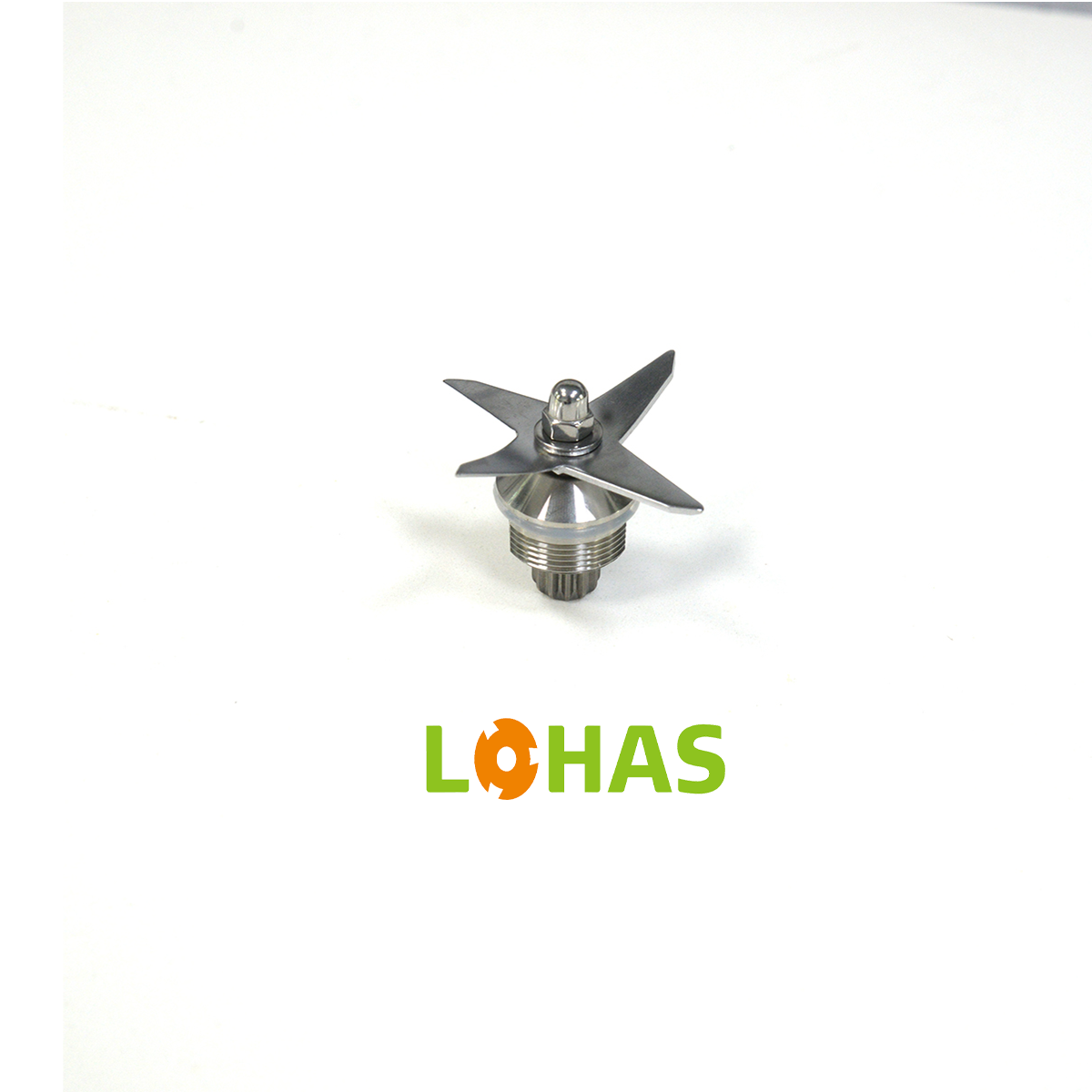قد تتساءل إذا كان خلاطك قادرًا على التعامل مع حبوب القهوة. الجواب هو نعم! فعلى الرغم من أنه لن يُحقق الدقة التي يوفرها مطحنة القهوة، إلا أنه لا يزال بإمكانه إنجاز المهمة. ومع الإكسسوارات المناسبة للخلاط، يمكنك الحصول على طحن خشن نسبيًا يناسب طرق التخمير مثل الضغط الفرنسي أو التخمير البارد.
طحن حبوب القهوة باستخدام الخلاط
كيف تعمل الخلاطات في طحن القهوة
الخلاطات هي أدوات مطبخ متعددة الاستخدامات، وتصميمها يجعلها قادرة على طحن حبوب القهوة. تدور الشفرات الحادة بسرعات عالية، مما يُفَتِّت الحبوب إلى جزيئات أصغر. وعلى عكس مطحنة القهوة التي تُسحق بها الحبوب للحصول على قوام أكثر انتظاماً، فإن الخلاط يقوم بتقطيعها. تعمل هذه العملية بشكل جيد مع الطحن الخشن، لكنها قد تواجه صعوبة في الطحن الناعم المستخدم في الإسبريسو.
إذا كان خلاطك يحتوي على إعدادات متعددة للسرعة، يمكنك التحكم في درجة نعومة أو خشونة الطحن. واستخدام وضع النبض بدلاً من تشغيل الخلاط باستمرار يساعد على منع ارتفاع درجة الحرارة ويمنحك تحكماً أكبر في حجم الطحن.
استخدام إكسسوارات الخلاط للحصول على نتائج أفضل
تأتي بعض الخلاطات مع إكسسوارات يمكن أن تحسّن تجربة طحن القهوة. على سبيل المثال، يمكن أن يساعد وعاء خلط أصغر أو ملحق الطحن في تركيز الشفرات على الحبوب، مما يؤدي إلى طحن أكثر اتساقاً. إذا كان خلاطك يشمل هذه الإكسسوارات، فأنت محظوظ! فهي يمكن أن تجعل العملية أسهل وأكثر كفاءة.
حتى بدون اكسسوارات خلاط متخصصة، يمكنك لا تزال تحقيق نتائج جيدة. فقط تأكد من الطحن على دفعات صغيرة لتجنب الطحن غير المتساوي.
بدائل طحن حبوب القهوة في الخلاط
مطاحن القهوة: أفضل أداة لهذا الغرض
إذا كنت جادًا بشأن القهوة، فإن مطحنة القهوة هي الخيار الأفضل لك. هذه الأجهزة مصممة خصيصًا لطحن الحبوب، مما يمنحك نتائج متسقة في كل مرة. تقوم مطاحن الدُفع بشكل خاص بسحق الحبوب بشكل متساوٍ، وهو أمر ضروري للحصول على نكهة متوازنة. تعد مطاحن الشفرات خيارًا أكثر بأسعار معقولة، على الرغم من أنها قد تكون أقل دقة.
على عكس الخلاط، لا تعتمد مطاحن القهوة على التقطيع. بل تقوم بسحق الحبوب، مما يحافظ على زيوتها ورائحتها الطبيعية. وهذا يصنع فرقًا ملحوظًا في الطعم. إذا كنت تستخدم خلاطًا مع اكسسوارات خلاط، فقد تتمكن من الاكتفاء بذلك، لكن مطحنة القهوة ستوفر دائمًا نتائج أفضل.
الطرق اليدوية: المدقة والهاون، والأسطوانة، والمزيد
لا تمتلك مطحنة قهوة أو خلاطًا؟ لا مشكلة! يمكنك ما زالت طحن حبوب القهوة باستخدام أدوات يدوية. إن الهاون والمدقة خيار كلاسيكي. يتطلب الأمر بعض الجهد، لكنه يمنحك تحكمًا في حجم الطحن.
أداة أخرى مفيدة هي الأسطوانة المدورة. ضع الحبوب في كيس مغلق وامرر الأسطوانة عليها حتى تصل إلى القوام المطلوب. يمكنك أيضًا استخدام مطرقة أو مدقة اللحم للسحق السريع. قد لا تكون هذه الطرق دقيقة بالقدر نفسه، لكنها رائعة عند الحاجة العاجلة.
لماذا يعد التماسك أمرًا أساسيًا في طحن القهوة
يعد التماسك مهمًا لأنه يؤثر على طريقة تحضير قهوتك. يمكن أن يؤدي الطحن غير المنتظم إلى الاستخلاص الزائد أو الناقص، مما يفسد النكهة. فتُستخرج الحبيبات الدقيقة بسرعة أكبر، بينما تستغرق الحبيبات الخشنة وقتًا أطول. وعندما يكون حجم الطحن متباينًا جدًا، فسوف تنتهي بكأس مرّة أو باهتة الطعم.
لهذا السبب تعد أدوات مثل مطاحن القهوة ذات قيمة كبيرة. فهي تضمن أن تكون كل جزيئات البن بنفس الحجم، مما يمنحك مشروبًا ناعمًا ومتوازنًا. حتى إذا كنت تستخدم الخلاط أو الطرق اليدوية، احرص على تحقيق أكبر قدر ممكن من الاتساق. وستشكرك براعم التذوق لديك!
رغم أن خلاطك يمكنه طحن حبوب القهوة، فإنه ليس الأداة الأكثر موثوقية لهذه المهمة. حيث يمنحك مطحنة قهوة اتساقًا ونكهة أفضل. وإذا كان الخلاط هو كل ما تملكه، فلا داعي للقلق! اتبع الخطوات المذكورة أعلاه، واستخدم ضغطات قصيرة، واهدف إلى طحن خشن. ستتمكن مع ذلك من الاستمتاع بقهوة طازجة!

